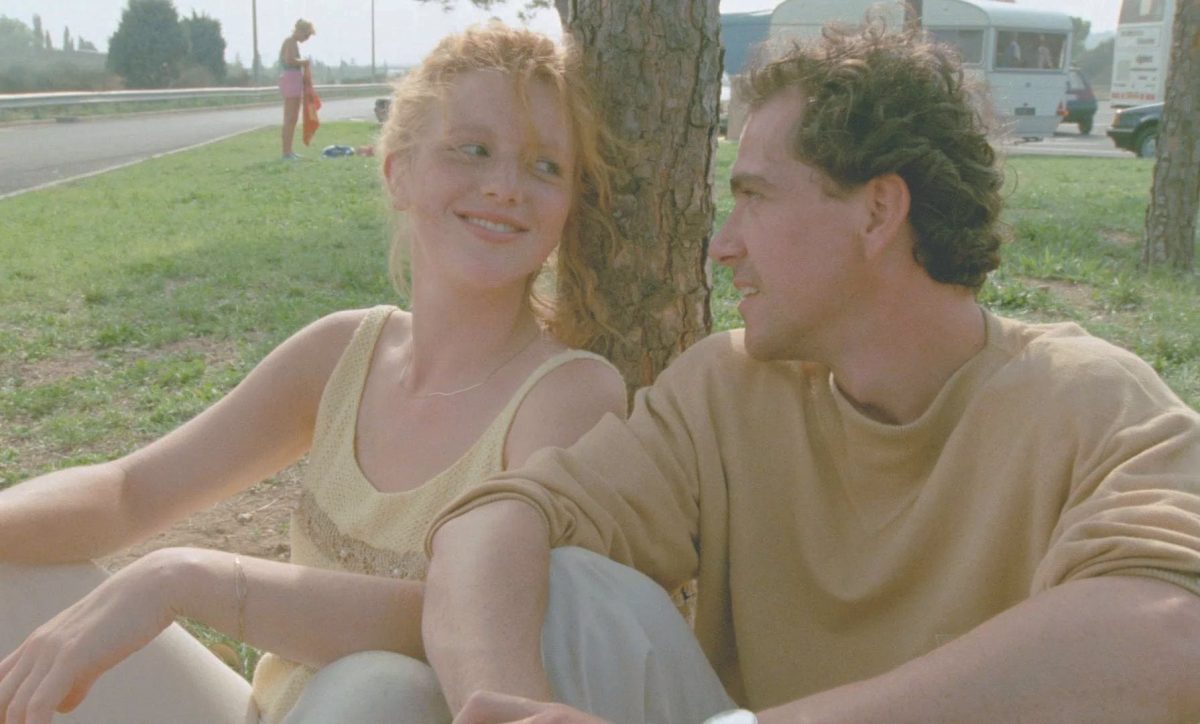Originating in the late 19th century, cinema is very much on the younger side compared to many other art forms, yet its power and influence is just as inestimable and transformative as any of them. Unfortunately, but perhaps unavoidably, the intimidating scope of the cinematic canon all but guarantees that many will go mostly unnoticed. There are enough films from each and every era of the medium to keep one occupied for a lifetime, and the following five are among some of the finest.
“The Human Condition” (Japan, 1959-1961) dir. by Masaki Kobayashi
Where to Watch: Internet Archive
Based on Junpei Gomikawa’s novel and formed into a trilogy, this nine-and-a-half-hour treatise on humanism in the face of wartime cruelty and corruption is unquestionably hard to stomach. Kobayashi’s fully realized and deeply unglamorous epic is harsh, bleak and devastating. The story of a single soldier desperately clinging on to his pacifist ideologies despite being constantly tortured, ridiculed and attacked by various parties (including his own) is one that will grip and often break the viewer, but those who can withstand its brutal realities will find themselves fundamentally changed by this soul-shattering plea for humanity during conflict.
“The Vanishing” (Netherlands/France, 1988) dir. by George Sluizer
Where to Watch: Available to rent on Apple, Prime
For fans of psychological thrillers, there are very few as stomach-churning and fascinating as this cruelly intelligent and intelligently cruel character study. Chronicling a husband’s attempt to unveil the truth about his wife’s disappearance, the film uses a subversive structure that almost completely reinvents the audience’s conception of cinematic mysteries. Its methodical crawl requires patience, and it is this exacting narrative focus that makes the film so unforgettably haunting.
“Bringing Out the Dead” (United States, 1999) dir. by Martin Scorsese
Where to Watch: MGM+, Paramount+, Prime
With an oeuvre as extensive and celebrated as Scorsese’s, it’s understandable that some of his more “minor” works fall through the cracks, though many such films are anything but minor. This example about a tormented New York City paramedic is a phantasmagoric, expressionist ride that is brilliantly brought to life by some of Scorsese’s most experimental direction and an uncomfortably, captivatingly raw performance from Nicolas Cage. The otherworldly atmosphere and gorgeous imagery are tied together by exemplary editing and populated by a stacked supporting cast that eats up the scenery. The film tackles many themes familiar to Scorsese, and the auteur’s even-punchier-than-usual approach yields one of his most rewarding and memorable works.
“Coherence” (United States, 2014) dir. by James Ward Byrkit
Where to Watch: Peacock, Pluto TV, Prime, Tubi
One of 21st century cinema’s most original and unsettling puzzle boxes, Byrkit’s brisk yet wholly developed vision of identity and paranoia is best experienced with as little prior knowledge as possible, but viewers can expect a gleefully brain-breaking 90-minute panic attack that intelligently executes its disorienting and unpredictable plot.
“Quo Vadis, Aida?” (Bosnia and Herzegovina, 2020) dir. by Jasmila Žbanić
Where to Watch: Hulu
The most recent film on this list is nevertheless one of the most hard-hitting and important. It takes place during the Srebrenica Massacre in 1995, taking the point of view of a schoolteacher-turned-United Nations translator. Its runtime is relatively short, but it manages to explore multiple aspects of the conflict concisely and respectfully. The entire film is far from easy viewing, but the last 20 minutes present some of the most gut-wrenching and horrifying depictions of real-life atrocities in recent memory without ever feeling exploitative. Žbanić’s work serves as a horribly effective microcosm for the cost of war.







